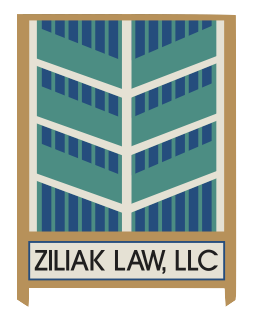This article discusses how original dance choreography can be protected from imitation, so that choreographers can protect and profit from their creativity and hard work.
Prior to the Copyright Act of 1976 (the “Act”), a choreographer’s right to his or her work was uncertain. Since the enactment of the Act, “choreographic works” have been expressly included among the categories of creative works that are entitled to legal protection.
The Act does not include a definition of “choreographic works.” However, the Copyright Office has defined choreography as “the composition and arrangement of dance movements and patterns usually intended to be accompanied to music…To be protected by copyright…choreography need not tell a story or be presented before an audience…Choreography may also represent a series of dance movements and patterns organized into a coherent whole.”
The copyright holder of a choreographic work enjoys exclusive rights including: the right to make copies; the right to sell these copies to the general public; the right to use the work in a different capacity; and the right to perform the work in public and collect money for the performance. Although these rights belong exclusively to the copyright holder, the choreography can be sold or licensed to another person for use by that person.
In order to qualify for copyright protection, dance pieces must be an “original work of authorship” that is “fixed in any tangible medium of expression”. The threshold for determining whether choreography is “original” is fairly low. The simple test is “whether the production is the result of independent labor.” A basic dance step, such as a plié, is not sufficiently original. However, when basic dance steps are combined or arranged sequentially, the sequences may be considered new and novel.
The Act requires a work to be fixed in a tangible medium of expression, which means that the choreographic work in question must be set in a stable and permanent medium, whereby it will be perceived or reproduced, based on its recognizable traits. There are two common forms of fixation that meet this requirement for choreography: film and notation. A choreographer also can satisfy the fixation requirement through written or audio step-by-step dance instruction, and through choreographer notes. Two copies of this fixation must be submitted to the Copyright Office when the copyright is registered.
Frequently, the original creator or choreographer of the work may not be entitled to ownership of his or her work. Many choreographers who are hired to choreograph a music video or a Broadway musical, for example, may be considered an employee or contractor for hire. In those circumstances, the employer is actually the owner of the work, unless the choreographer negotiates rights to the choreography with the employer prior to the creation of the work.
There are also situations where two or more people create an original dance work together. By definition, a “joint work” exists if the work is a product of collaboration and is dependent on, and inseparable from, the work of the contributor(s). When joint copyrights are granted, each of the persons holding the copyright has the right to commercially exploit the work. If the work is commercialized, all of the owners are entitled to receive an equal share of the profit. One owner may buy out the rights of other owners.
How do you know if you’re infringing on another’s copyrighted work? The general test for copyright infringement is whether the infringing work is “substantially similar” to the copyrighted work. Infringement is shown by comparing the copyrighted work to the allegedly infringing work. In order to determine whether a work is “substantially similar” the courts will apply an “ordinary observer” test. This test ensures that there will be no infringement unless the work copied was so substantial as to be obvious to the “ordinary observer.”
The Act allows economic protection for copyright holders of protectable works by compensating choreographers with monetary damages.
Dance is an art form that is constantly evolving, making it a difficult form of expression to fix. Although the dance community widely recognizes and respects original choreographic works, obtaining a copyright provides extra protection and a means of recourse from copycats and other less creative persons.
Article by Ashley Morrison

